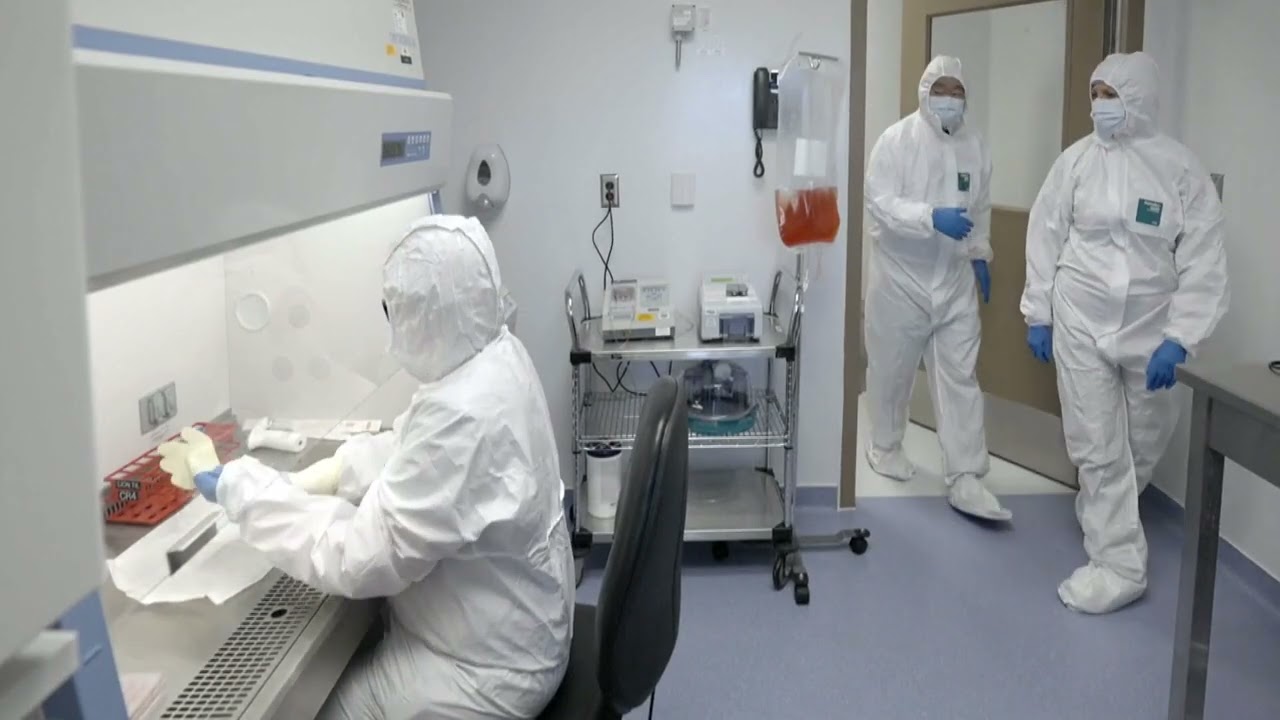NEW YORK (Reuters Health) – The likelihood that a core needle biopsy diagnosis of ductal carcinoma in situ (DCIS) will be upstaged to invasive breast cancer on final diagnosis can be predicted by preoperative factors, such as a lesion being palpable, an Australian team reports.
Dr. G. Bruce Mann and colleagues at The Royal Melbourne Hospital and University of Melbourne in Victoria, note in the November issue of the Archives of Surgery that invasive cancer is inherently underestimated by core needle biopsy because of the limited amount of tissue obtained. Hence, women treated for DCIS with only breast surgery but who are found to have invasive cancer, generally require second surgeries for lymph node evaluation.
To see what preoperative factors might predict underestimation of invasive cancer when core needle biopsy shows DCIS, the team analyzed data from a population-based mammographic screening program.
They identified 390 women with DCIS diagnosed on needle biopsy, 15 of whom had DCIS with microinvasion. After definitive surgery, the diagnosis of 65 (17.3%) of those with pure DCIS was upstaged to invasive cancer, while 11 (73.3%) of those with miocroinvasion on the needle biopsy were upstaged to invasive cancer.
The presence of microinvasion was strongly associated with upstaging, as was the finding of a palpable lesion; 10 of 21 palpable lesions were upstaged.
For impalpable DCIS, multivariate analysis identified three risk factors significantly associated with upstaging: a noncalcific mammographic feature such as a mass or architectural distortion (odds ratio, 2.00); mammographic size of 20 mm or greater (OR, 2.80), and prolonged screening interval of 3 years or longer (OR, 4.41).
If these findings are confirmed using other data sets, Dr. Mann and colleagues propose a management algorithm for women with DCIS seen on core needle biopsy:








